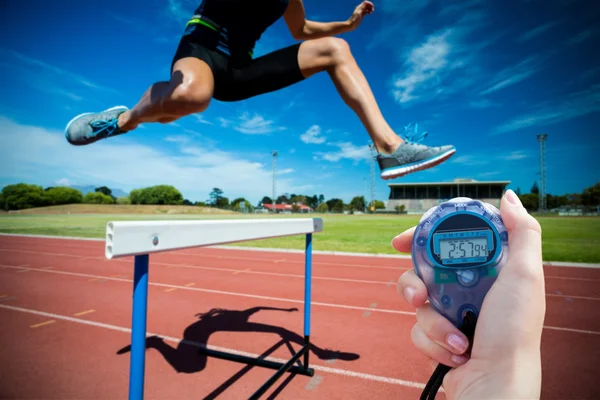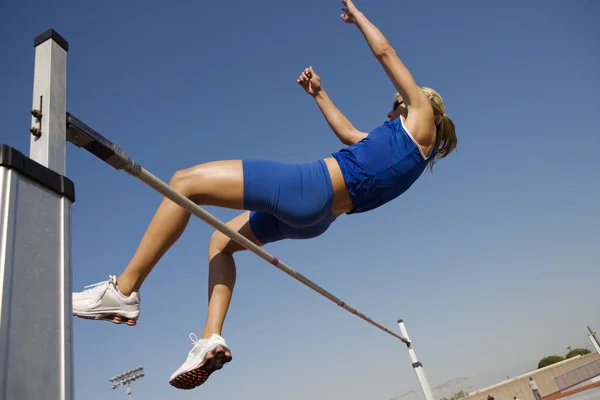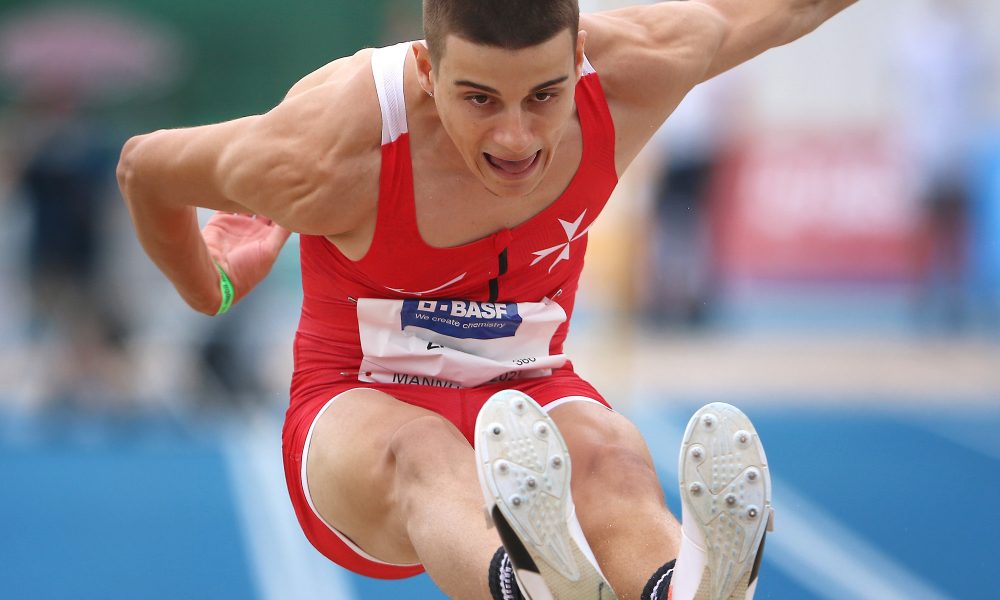9 Key Performance Characteristics
Using this taken proper proper care of let us now rapidly review 10 key characteristics that you will be using and concentrating on within the programs. Bear in mind that none of people characteristics or ways of training exist completely in isolation yet all are important.
1) Control and stability- Clearly prior to deciding to develop maximum power, strength, speed, or other things, – you have to be able to stabilize and assume control of the bodyweight and control minimal loads. Control and stability relates to coordination and learning. With regards to learning a totally new skill or movement, this will really be the initial focus. For individuals who’ve never done a specific movement before you should begin light and slow to be able to identify the right performance. Once you have learned incorrect movement patterns individuals undesirable habits can be tough to eliminate therefore, it is essential you learn to do each movement properly. Once you have enough experience then you are in a position to proceed.

2) General Strength- The aim here’s to improve parts of your muscles mass involved with the aid of additional loading. A focus must be put on correct technique with less focus on the burden.
3) Versatility- Versatility can also be known as versatility. You will want a particular volume of versatility to avoid injuries and optimally perform movements in your sport. Within the jump, in situation your ankles and calves are extremely tight that you simply can’t attain the best-loved versatility then you definitely certainly certainly risk serious injuries. However, you do not need and may be harmful to give the versatility in the contortionist. It is important that minimal versatility be maintained yet versatility training will not do miracles.
4) Maximum Strength- Here the main focus is on strengthening the musculature by lifting maximum loads. This greatly enhances a muscle’s maximum pressure output. In case you manage a maximum strength phase without first developing fundamental conditioning you will notice a greater-possibility of injuries. For example this, consider a good work out like the squat. For individuals who’ve never performed a squat before so you immediately go while exercising and then produce a 1-repetition maximum (maximize), likely to chance you’ll injure yourself. A means should be to identify the right movement performance using low loads and even more repetitions (general strength and stability). Focus on form and work the very best muscles. After you have transported this out, you can progressively start to boost the loading and advance towards maximal lifting weights.
5) Maximum Power- Power (pressure x velocity) is a combination of strength and speed. Virtually any kind of training can become qualified as power training as extended as there’s some load that has got to easily be moved so you “focus” on moving fast. You can train for power with your bodyweight, your bodyweight through getting another load, lifting light loads, or trying to move huge load rapidly. Many of the ways of training contained in this manual will either directly or else directly impact power. Maximum lifting weights, because of it’s natural slower movement speeds, might not produce lots of power during it’s execution, yet it’ll increase your strength levels which will help you released more pressure meaning more power.

6) Beginning Strength- Beginning strength could be the opportunity to immediately apply plenty of pressure initially in the movement. Do this. Relax within the chair within the “prepared to jump” position. Make sure the couch is touching the chair. Now without rocking backward simply jump up by using this grinding halt position. It is really an demonstration of beginning strength additionally to involves rate of pressure development. As with every other strength quality, it may be trained and improved. Muscle tissues may be trained to fireplace faster.
7) Pressure Absorption Training- This can be really the ability to take in and stabilize high eccentric or negative forces that is the first step in developing great plyometric power. Within the jump, the eccentric forces would be the forces which are produced whenever you perform quick countermovement or bend lower when you jump. You may also see this whenever you facilitate-up in a jump stop and have to prevent or reverse direction to be able to strengthen your horizontal mass in a vertical movement. These movements create lots of pressure because the negative movement (or eccentric) causes muscle tissues and tendons to stretch, which results in a celebration of the person’s. The forces you gather will probably be stored inside the tendons and muscles, causing your tendons some thing like a extended rubberband. To be able to stand out around this you will need good amounts of fundamental strength together with muscular control. Obtaining the chance to soak up energy could be a pre-requisite to a new step, that’s reactive training.
8) Reactive training- This can be really brought on by obtaining the chance to “release” plenty of stored energy whenever you absorb it. Reactive training can also be known as plyometric training, reversal strength, elastic strength, and static-spring proficiency. These basically mean exactly the same factor. Reactive training can consider an essential part of performance in almost any sports endeavor. In the last example should you sitting lower and stopped across the chair before jumping, are you currently able to jump your choice normally do? Unlikely. For the reason that you’d naturally reflexively perform quick ¼ squat, or countermovement, before your jump. The main difference concerning the jump with without any countermovement occurs when much additional pressure you will get from reactive contributions. This strength quality can also be highly trainable. Certain drills allow you to increase both energy absorption ability and reactive ability. Together they have produced up plyometric training. This subject will most likely be described thorough later.
9) Short response reactive training- This type of training is different from regular reactive comprehending the switch from “lower” to “up” happens a great deal faster that is nearly completely reflexive with little voluntary input. For instance, consider the advance with time spent altering direction from lower to in the jump carried out with a running start versus time your foot spends on the floor inside a max speed sprint. Which occurs faster? The faster the movement, the shorter the response time, as well as the more reflexive pressure contributions are frequently. Sprinting may be the ultimate display of reactive or plyometric training. The movements occur too quick for much voluntary pressure output or “strain”. Within the identical, executing a uni-lateral one legged jump transporting out a run-up also qualifies as being a short response reactive activity since the movement occurs considerably faster an ordinary jump. Certain drills be effective for this type of training.





